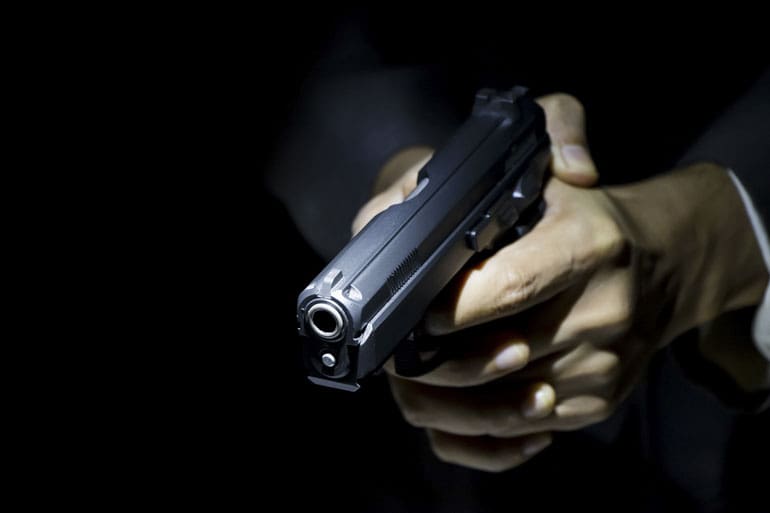
The truth is, as a concealed carry permit holder, you can carry your gun and do everything “right” in response to an attack and still be killed. By the same token, you could do everything wrong and walk away.
Concealed carry is a game of playing the odds. The better prepared you are, the greater your chances of surviving a defensive gun use. Just how much thought and training you put into carrying your guns is up to you. But here are three common concealed carry mistakes that those who carry a firearm for personal defense can and should avoid if at all possible.
1. Not carrying a gun
You’ve no doubt heard it before: the first rule of winning a gunfight is…have a gun. I know plenty of permit holders who only carry some of the time. They pack a gun when they’re going downtown. Or when they’re carrying something valuable. Or when they’re going out with their family.
It’s not up to you when a bad guy attacks. They make that call. And they don’t make appointments. While bump-in-the-night dangerous situations get a lot of attention — and generate lots of shotgun sales — plenty of assaults happen in broad daylight in “safe places.” This is not a lesson concealed carry permit holders want to learn the hard way.
The obvious solution: carry your gun. All day, every day. That’s right, carry it at home, too.
If everyday carry seems like too much of a PITA, chances are you have the wrong carry handgun. Or the wrong holster. The easiest solution to concealed carry hesitance (at least for men): pocket carry a small, thin, light firearm in a pocket holster. No, they’re not ideal for self-defense, but they satisfy the aforementioned first rule of gunfighting.
2. Not practicing your draw
Gun owners tend to focus, naturally enough, on the gun. Why not? Guns are fascinating. Cool. Fun. But when it comes to armed self-defense, your ability to quickly and efficiently present your gun is more important than the type of firearm you carry. Americans defend themselves with guns over 1 million times each year, the great majority of the time without ever pulling the trigger.
Plenty of gun gurus will tell you that the shooter who hits first is the most likely to win. Which makes the speed of presentation of your carry pistol more important than the speed of firing. Think of it this way: the faster you get the gun out, the more time you have to aim and shoot, so the more accurate you’ll be.
First, make sure you have a concealed carry holster that enables a quick draw. There or dozens of quality holsters out there; IWB and OWB, both Kydex and leather, so find one that works well for your carry pistol.
Truth be told, concealed carry is a compromise. But no matter which holster type and gun you carry (even if you usually pocket carry), practice your draw. You can do it any time you like in the privacy of your own home (and you can combine it with dry fire practice, too).
Be sure to ALWAYS unload your carry gun, safety check it and put the ammo outside the room when you practice. Just make sure to do it, and do it often until you develop the muscle memory needed and your draw becomes second-nature.
3. Talking too much to the police after a defensive gun use
If you’re involved in a defensive gun use, law enforcement will pump you for information. How many shots did you fire? Where were you standing? How did you know he was trying to attack you? Did you give a verbal warning?
As you know from watching TV, you have the right to remain silent. Use that right. Remain silent. That said, there is some basic information you should provide.
Before you say anything, say this: “I was in fear for my life.” Get that out there immediately, before you answer any questions or provide any information. “Are you OK?” the will ask. “I was in fear for my life,” you reply. Those seven words will form your defense. Period.
Then tell the police officer your name. Point out any witnesses or evidence they might miss. Describe any attacker(s) that may have fled. Other than that, say only, “I’ll be glad to provide a full statement after I speak to my lawyer. I want to speak to my lawyer.” Then say nothing else.
Again, there’s a whole lot you can do to prepare for an armed confrontation, from adjusting your level of situational awareness to getting proper training and learning to shoot and move effectively. But if you avoid these three common mistakes, you’ll dramatically increase your odds of survival, before, during and after a defensive gun use.
via The Truth About Guns
3 Biggest Mistakes Concealed Carry Permit Holders Make